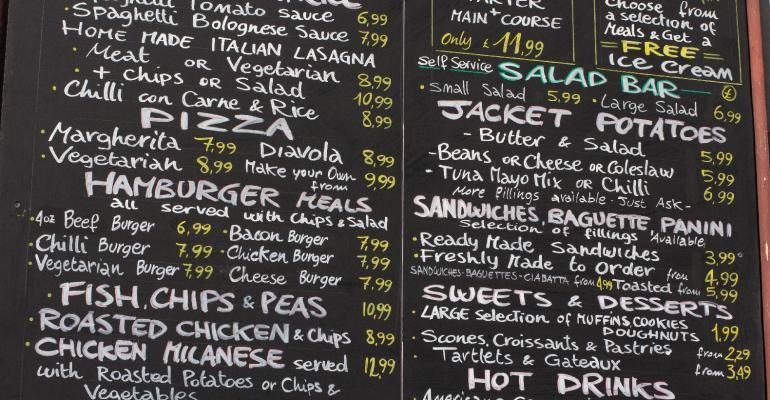The Consumer Price Index rose 0.2% in July on a seasonally adjusted basis, the U.S. Bureau of Labor Statistics reported Thursday morning. The annual inflation rate increased to 3.2%, versus June’s 3%, and the 3.3% expected.
The food index increased 0.2% in July after increasing 0.1% the previous month. The index for food-at-home increased 0.3% over the month after an unchanged June, a nominal 0.1% increase in May and declines in both March and April. Year-over-year, food-at-home prices are up 3.6%. Of note, four of the six major grocery store food group indexes increased in July, including meats, poultry, fish and eggs. The index for beef was up 2.4%.
The food-away-from-home index increased by 7.1% on an annual basis after ticking up by 0.2% in July. That 0.2% is the lowest increase in the food-away-from-home category this year. Food-away-from-home was up 0.6% in January, February and March; 0.4% in April; 0.5% in May; and 0.4% in June.
Broken down, the index for full-service meals and the index for limited-service meals both increased 0.2% over the month. The index for full-service meals rose 5.8% over the last 12 months, and the index for limited-service meals was up 7.1% over the same period. This is compared to June, in which the index for full-service meals rose 0.3% and limited-service meals increased 0.4%, while food-away-from-home prices were up 7.7%. And, in May, food-away-from-home prices were up 8.3%, including 8% at limited-service restaurants and 6.8% at full-service concepts.
Despite this continued cooling, however, July marks the fifth month in a row in which restaurant prices have outpaced grocery prices. According to Mark Kalinowski, the gap between the two categories continued to widen and is now a 350 basis-point differential. It was a 300-point gap in June and 250 in May.
“We would note that the 20-year historical average is a 60-basis-point gap, so July is the fourth month in well over a year in which the gap is in favor of grocery stores, and simultaneously, larger than the 20-year historical average gap,” Kalinowski wrote in a note Thursday.
Citing this widening gap as one factor, he doesn’t expect second half 2023 restaurant same-store sales to be as strong as they’ve been in the first half.
Contact Alicia Kelso at [email protected]





